Everything You Need to
Know About Click Fraud
What is click fraud?
Click fraud refers to the act of generating fake clicks on online content, including PPC campaigns, organic search results, or social media activity. This damages ad campaigns and organic activity in three main ways:
- Wasted ad budget
- Polluted audiences
- Inaccurate data analytics metrics
Types and sources of click fraud
Click fraud comes in many different forms and with different purposes. Based on this, fraudsters can employ a range of methods to commit click fraud through various sources that generate fake clicks in bulk.
Ad fraud
Ad fraud is the predominant form of click fraud and is often mistaken for it. While click fraud covers fake clicks on any online activity, ad fraud involves fake clicks specifically on paid online campaigns such as Google Ads, Facebook Ads, or Microsoft Ads.
It can take place across different types of PPC ads, including search, display, video, and social media ads. As a result, advertisers end up paying the advertising platform for each fraudulent click, leading to no actual outcomes or benefits from these interactions. This can cause adverse effects like reduced click-through rates (CTR) and decreased return on investment (ROI).
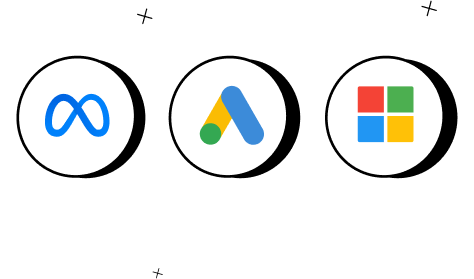
Lead fraud
Lead fraud is a type of fraud specific to online lead generation. It happens when individuals or automated systems generate fake or low-quality leads.
Bots are often used to fill out lead generation forms with false information, making it appear as though real people are interested. This form of click fraud is also used for selling fake leads. Businesses can unknowingly expose themselves to lead fraud by buying leads from unreliable sources.
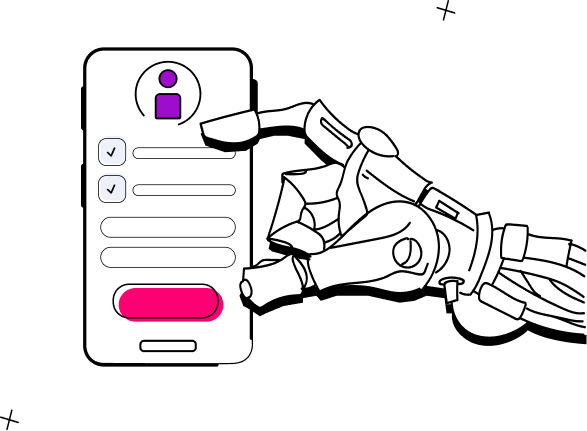
Video viewing fraud
Video viewing fraud refers to deceptive and malicious activities aimed at generating false or fraudulent views of online videos, often for the purpose of inflating ad revenue or engagement metrics.
The most common source of video viewing fraud is the view bots. Those can be used across various online platforms where videos are played, websites, and even streaming sites. It can be anything from YouTube, TikTok, or Netflix, where these bots are present and artificially inflate the viewing numbers.

manual click fraud
As the name itself suggests, manual click fraud occurs when individuals with fraudulent intentions repeatedly click on your online activity. They aim to appear as real, legitimate users but have no real interest in purchasing your product or service.
Manual click fraud on a scale is usually generated through click farms in low-wage countries where people are paid for their clicks.
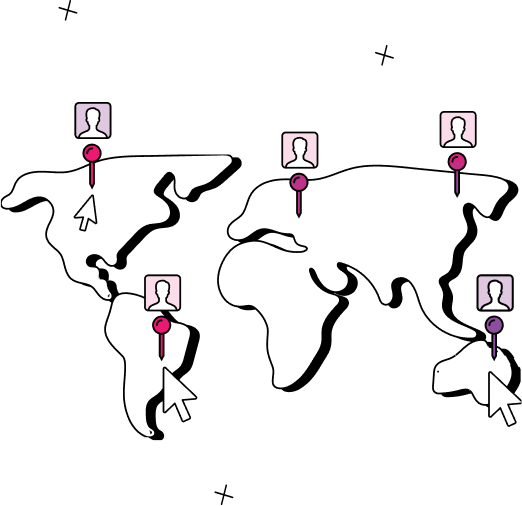
Automated click fraud
Automated click fraud involves the use of software programs known as click bots to generate fake clicks on online content.
Unlike manual click fraud, where individuals click repeatedly, automated click fraud uses technology to simulate human clicks, often in a very short period of time and delivered in bulk.
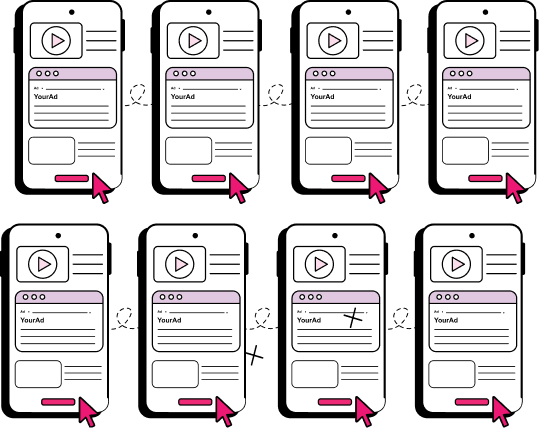
Competitors click fraud
Competitor click fraud is a type of click fraud where rival businesses or websites intentionally click on competitors’ online ads or organic activity. Businesses aiming to gain a competitive advantage in an unethical way do this by either repeatedly clicking themselves or by buying fake clicks from click farms.
The primary purpose of this tactic is to exhaust the targeted business’s advertising budget, disrupt its marketing activity, and potentially cause financial harm.
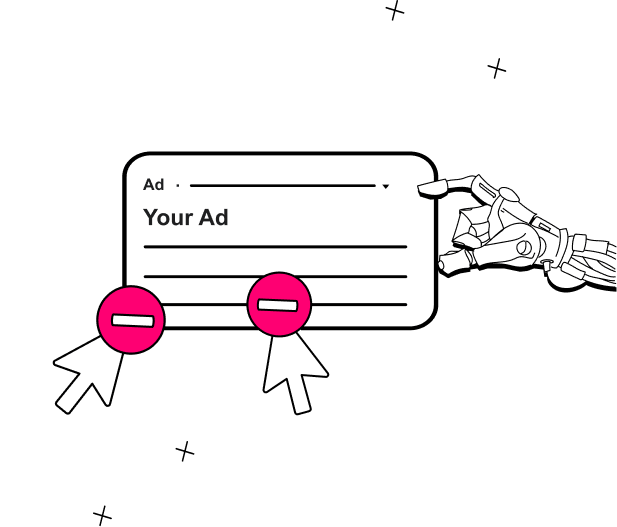
Bot traffic
Bots are automated scripts or software programs that can be instructed to perform different tasks online. Bot traffic refers to the process when fraudsters use automated bots to mimic human traffic, artificially increasing traffic numbers.
While some “good” bots are legitimate and serve useful purposes like web indexing by search engines or automating certain tasks, when used to commit click fraud, bot traffic can have harmful consequences. Some of them include stolen data, financial losses, or even damaged business reputation.

Botnet attacks
More bots grouped together form a botnet. It’s basically a network of computers or devices infected with bots or malware controlled by a single attacker, known as the botmaster.
Cybercriminals commonly use botnets to generate lots of fake clicks all at once, often on many different links. This is a highly advanced technique for click fraud and can be very challenging to counteract.

Pixel stuffing
Pixel stuffing is a form of click fraud where fraudsters embed multiple ads into a single pixel, which is too small to be seen by the human eye.
This allows them to generate fake impressions and collect advertising revenue from advertisers who are unaware that their ads are not being seen by real users.
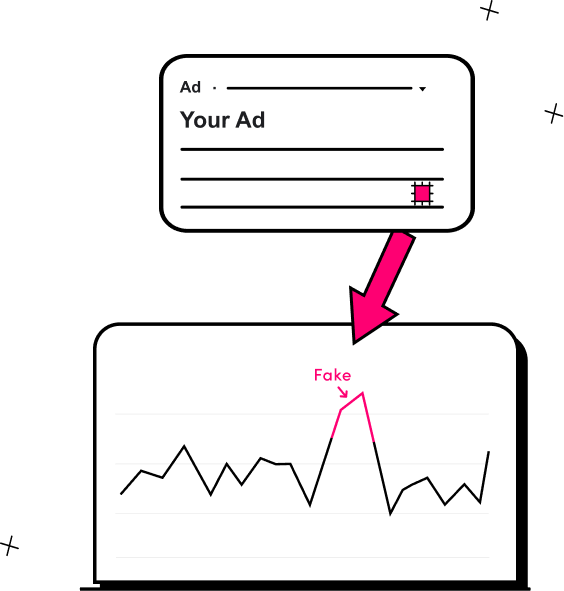
Click hijacking
Click hijacking is a type of malicious attack that tricks users into clicking on something they do not intend to click on.
This can be done by overlaying a malicious iframe on top of a legitimate website and then making the iframe invisible or difficult to see.
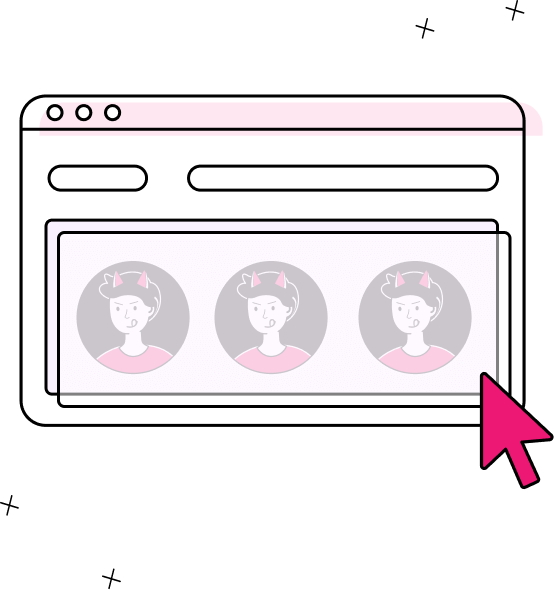
Block click fraud within minutes
How to beat click fraud
By implementing good cybersecurity practices, businesses can significantly mitigate the risks associated with click fraud. Although certain manual methods can be employed to decrease these risks, click fraud remains a complex and evolving threat, requiring more robust measures achievable with automated solutions.

Manual click fraud protection
involves a few tactics, such as regularly monitoring your traffic to spot anomalies on time, narrowing down the targeting, and setting up IP exclusions to avoid unwanted visitors. While these methods can provide some level of security, like spotting early signs of click fraud, full protection can be ensured only with automated solutions.

Automated click fraud protection
Utilizes specialized software to detect and prevent fraudulent clicks automatically. This approach leverages advanced algorithms and machine learning to analyze vast amounts of data in real-time, identifying patterns and anomalies indicative of click fraud.
By automating detection and click fraud protection processes, businesses can achieve higher accuracy and efficiency in safeguarding their advertising campaigns.
How CHEQ Essentials work?
CHEQ Essentials is a click fraud detection and prevention solution that helps businesses protect themselves from the risks of click fraud.
It works by integrating directly with your website and the leading ad platforms, including Google Ads, Facebook Ads, or Microsoft Ads accounts. Once it is connected, CHEQ Essentials detects and blocks fake clicks, malicious bots, and other harmful visitors in real time.
The software combines advanced machine-learning algorithms and behavioral analysis to identify patterns common for fraudulent clicks. It analyzes user behavior, IP addresses, device IDs, and other relevant data that can reveal the nature of the intentions behind the clicks.
This way, CHEQ Essentials is able to identify patterns such as mouse movements, time spent on a website or page, or the interaction with ads commonly noticed in click fraud. If the software detects a fraudulent interaction, it will automatically block the visitor from your website, ad campaigns, or social media activity.
In addition to blocking fraudulent clicks, CHEQ Essentials also gives you a detailed report so that you can track the effectiveness of your click fraud prevention efforts. With a glance look at these reports, you can easily spot any areas where your website or campaigns may be vulnerable to click fraud and take the necessary steps to mitigate the risk.
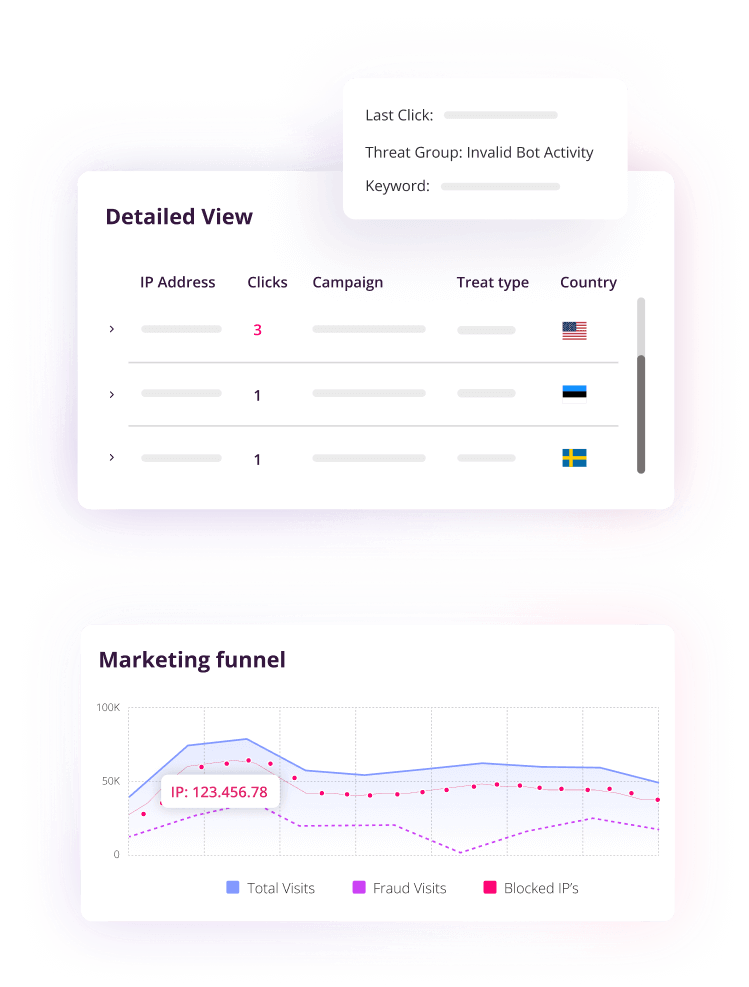
Why should you consider CHEQ Essentials?
As a top-rated click fraud protection platform, CHEQ Essentials combines strong capabilities to detect and block click fraud effectively. Some of its key features are:
- Real-time blocking and alerts
- Advanced algorithms to analyze patterns and detect fraud
- Over 2,000 cyber security tests that ensure accurate detection
- Customized risk assessments
- Easy integration:
- Comprehensive reporting
With a 7-day free trial, you can investigate the level of click fraud that affects your online activity and take the first step toward protecting your business.
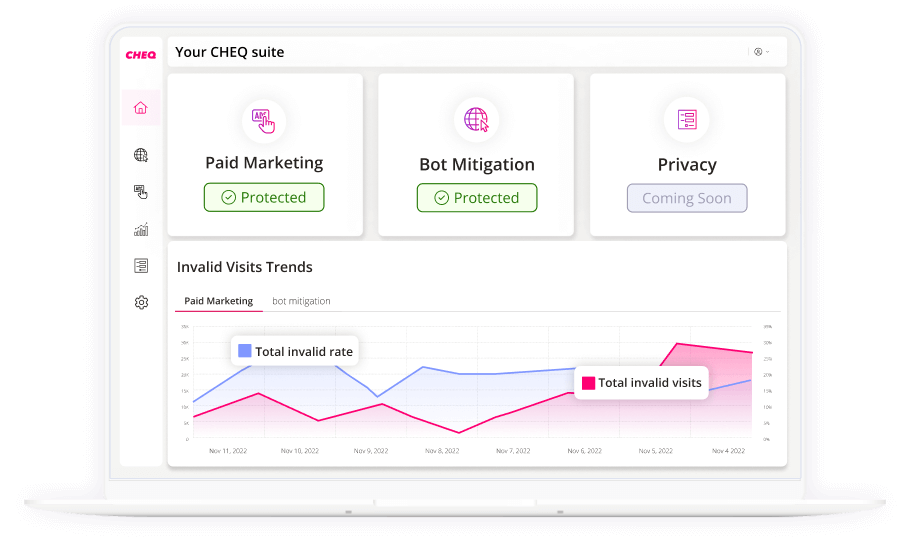
Frequently asked questions
What signs can indicate click fraud?
If you spot some of the following signs in your analytic tools, you might be affected by click fraud:
- Sudden spikes in impressions and clicks
- Clicks from unusual locations
- Repetitive clicks from the same IP addresses
- High traffic but low conversions
- High bounce rates
What are the sectors most affected by click fraud?
The fake traffic rate varies from industry to industry. Some industries are more attractive targets to fraudsters, while some have demonstrated lower fake traffic rates. However, even a 1% click fraud can mess up and harm your entire business.
According to a research CHEQ conducted with the University of Baltimore, these are the most affected ones:
- Gambling and Gaming: 49.1%
- Tech: 20%
- Telecom: 17.3%
- Education: 17.2%
- Retail: 16.4%
How can I protect my PPC campaigns from click fraud?
To keep your PPC campaigns safe from click fraud, monitor your metrics for anything unusual, set limits on clicks, and block suspicious IP addresses. Use tools to track clicks, and consider using a trusted fraud protection solution.
How does click fraud protection work?
Click fraud protection works by monitoring ad campaign traffic, setting click thresholds, and employing algorithms to detect anomalies like repeated clicks or unusual activities. Other techniques include IP exclusion and device fingerprinting to block fraudulent clicks.
On top of it, CHEQ Essentials uses advanced AI-powered detection and real-time monitoring and blocking, with over 2,000 behavior tests conducted on each click, Pixel Guard for Pmax and Smart campaigns, and Audience Exclusion.
How can CHEQ Essentials help?
CHEQ Essentials will mitigate and block malicious actors from interacting with your online activities. This will help you ensure that only real visitors visit your website, your ad budget is not wasted due to click fraud, and you’ll see better conversion rates and higher ROI.
